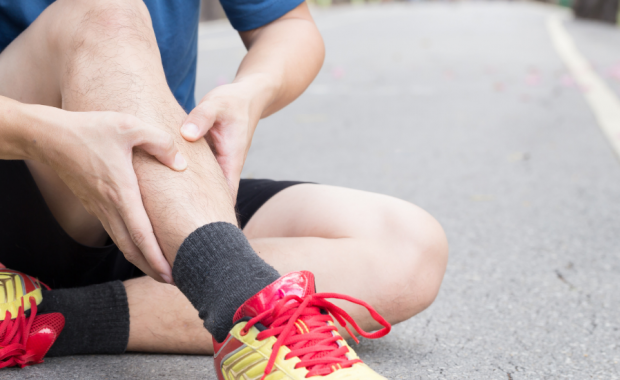
Shin splints (often known as medial tibial stress syndrome or MTSS) is an injury that has been known to plague keen runners and avid athletes. Treatment of MTSS is particularly variable in both delivery and success due to the nature of MTSS and the difficulty to reduce load / activity / running in this injury which commonly effects the very active person. Studies shave shown 1 in 5 young athletes will experience shin splints at some stage which may have been diagnosed as shin splints or MTSS. Physiotherapy treatment often involves calf strengthening, soft tissue massage of the shin and calf, tibialis posterior strengthening, load management and taping of the foot and ankle. Whilst all these treatments may be effective for some, often variations of these can be given without considering the role of the foo intrinsic muscles in this issue. This isn’t to say that the foot intrinsic muscles are always the culprit, however they should be assessed and cleared – particularly if the patient isn’t responding to treatment or is suffering reoccurrences of shin pain.
The foot intrinsic muscles serve to stabilise the foot and maintain the arch as well as to aid the muscles of the lower leg to assist with fine motor movement of the toes. The adductor hallucis muscle makes up the medial border (arch) of the foot. A recent study showed symptom resolution in athletes with shin pain from training neuromuscular control of the foot intrinsic muscles (in particular the adductor hallucis). It theorized that an increase in neuromuscular control of the major muscle controlling the arch provided a better foundation to thereby offload the shin and associated painful area, as well as to de-tone muscles attaching into the painful area. The study showed significant pain relief with neuromuscular training of these muscles as well load management. It has also shown considerable success in clinic as I have been utilising a specific foot intrinsic muscles neuromuscular control and strength program to treat shin splints (if the assessment indicated to do so). It is important to distinguish who may benefit from this different approach with a targeted assessment, however if you have had multiple bouts of shin splints with limited success, this is potentially something that has been missed.
Some may think they have appropriately trained the foot intrinsic muscles with exercises like towel scrunches and calf raises with their toe on an elevated surface. This however doesn’t accomplish the specificity and neuromuscular control aspect that is vital. This is only sufficiently achieved with a targeted progression of abductor halluces neuromuscular control training followed by strengthening once control has been achieved.
It is as important to provide pain relief and support in the immediate term for those suffering from shin splints as they often will play through the pain and will need assistance getting them through the season / activity / race. In addition to specific foot intrinsic muscle training, a “spring” foot taping technique (shown below) has also been very effective in helping patients continue to play / compete with a reduction in pain as they work on building their strength.
This taping technique acts a temporary propulsive spring to aim to lessen the load on the shin and foot with running and explosive activities. The success of adding foot intrinsic training, and spring taping into the overall rehabilitation program for shin splints has been very high in clinic. If you are someone who frequently suffers from this pain and have little to no success with previous rehabilitation this may very well be an aspect being overlooked.
Call us on 6153 6200 or book online at Capital Clinic City West if this could be you and you are unable to solve your shin splints issue.
By Sam Jeffery



